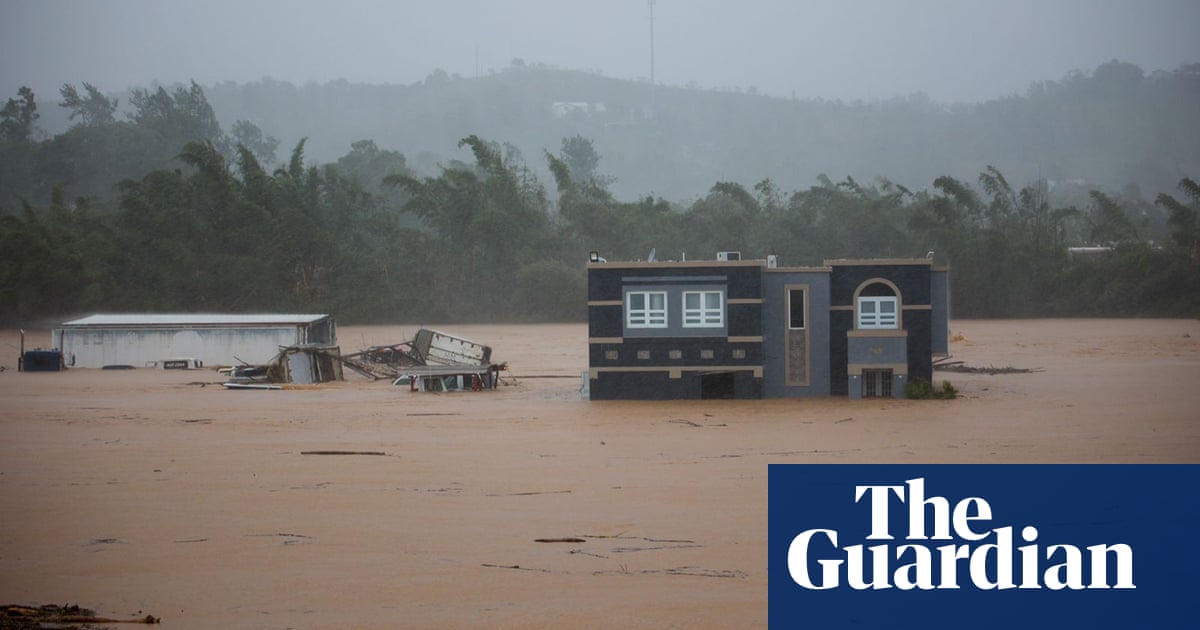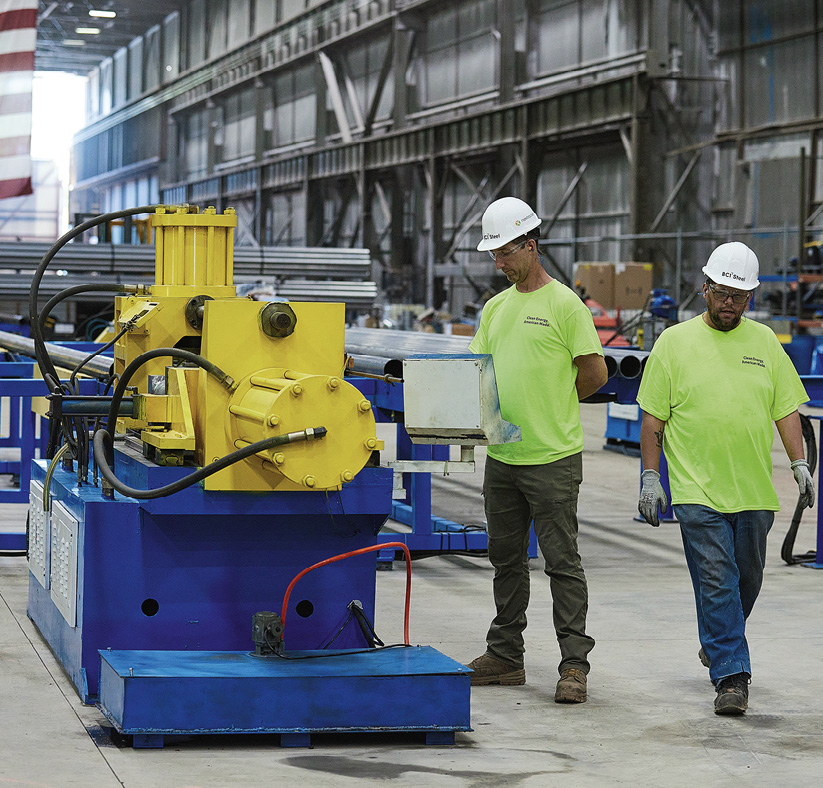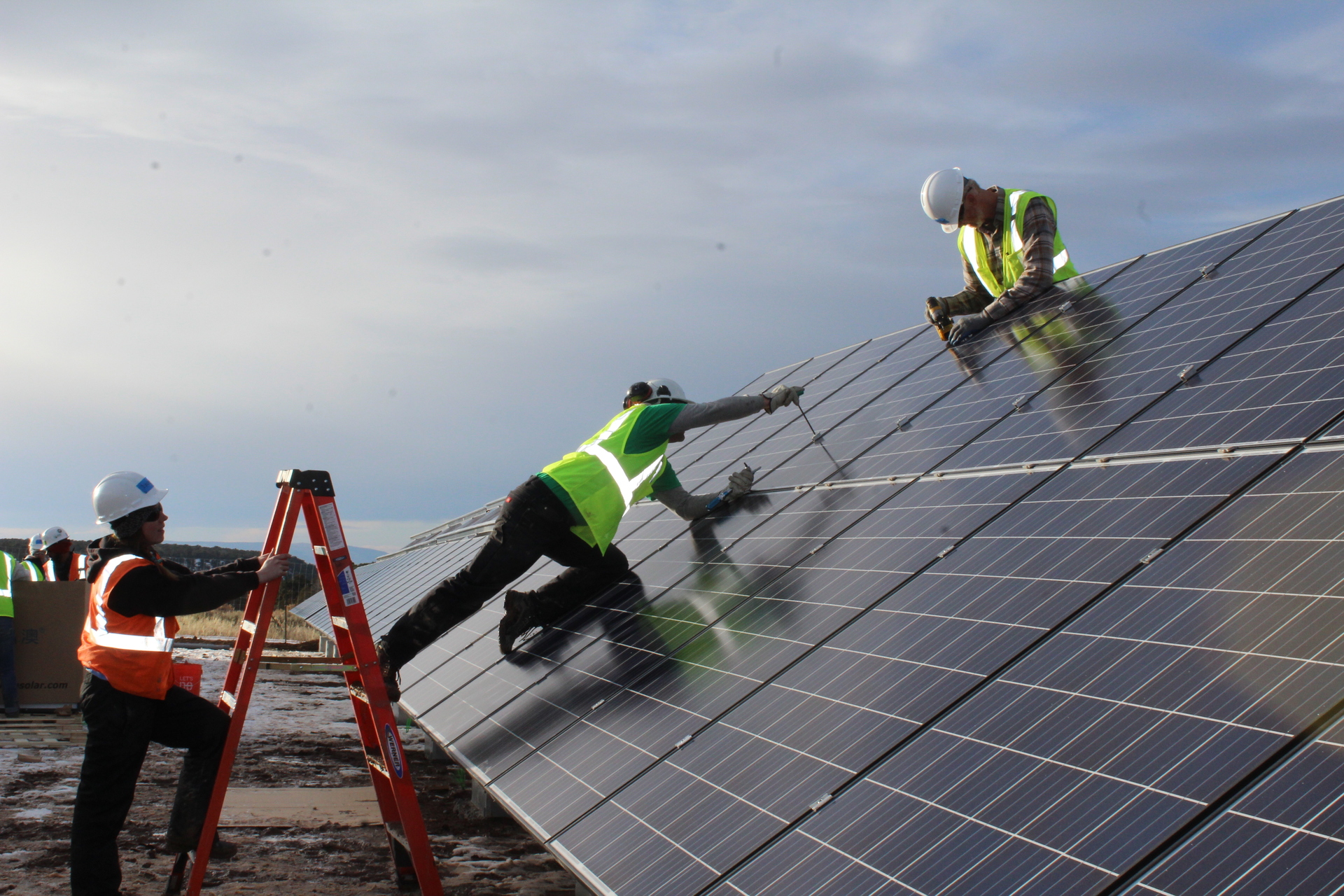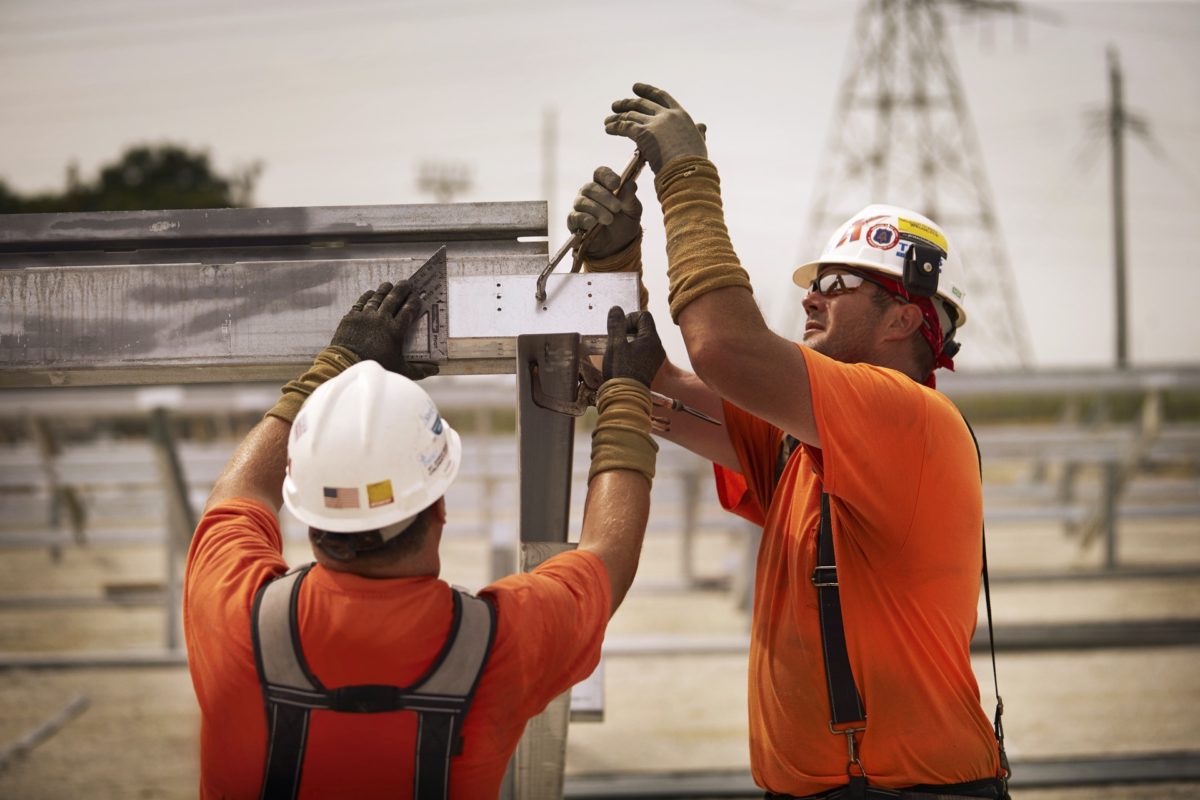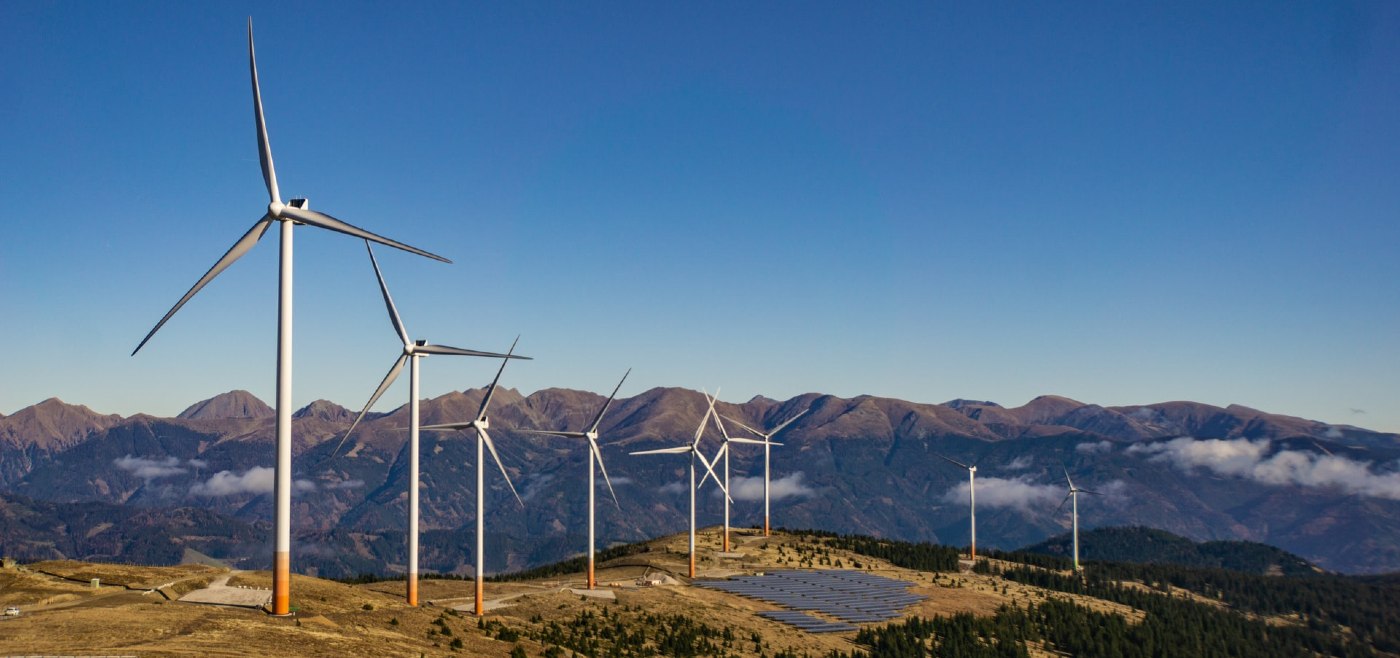This is a difficult question. Kind of like asking "how big is a tree".
You are correct that there are a lot of sites that are just collecting sales leads and some of them are a bit dodgy. You might have better luck looking for local solar installers who will visit your house and prepare a bid for you and give references. This will give you an idea of the cost for a system sized to your house. You could also ask for a bid from the Tesla solar website. They have reasonable costs but availability in your area might be problematic.
Learn the basics of what solar soft costs are and how they impact solar energy adoption with resources from the DOE Solar Energy Technologies Office.

www.energy.gov
A lot of the variation in prices are due to "soft costs". These are permitting, overhead and profit, financing, installation, customer acquisition, etc.
The "hard costs" are fairly easy to estimate. Panels are about $0.75/W, racking about $0.25/W, inverters, etc.
Here’s an example of how we can breakdown
solar panel cost and what it typically costs for installing a system.
Current industry average cost =
between $3 to $4 per watt
Average size solar panel system = between 5 and 6 kilowatts (a kilowatt is 1000 watts)
For the sake of a concise example, let’s go with these numbers from Solar Action Alliance:
$3.26 (per watt) x 5,000 (watts) = $16,300 per system (before the
30% ITC tax credit)
The solar panel installation cost has dropped a remarkable 61 percent since 2010. Let’s take a closer look at the breakdown of solar install costs.

www.solar.com
I have installed five different arrays on my property and the costs have varied widely:
1. Local installer pole mounts 2014: 4 kW $21,000 (microinverters)
2. DIY roof: 2.6 kW $6,000 (microinverters)
3. DIY ground mount: 2.8 kW: $1500 (free surplus panels, I just had to buy an inverter)
4. DIY ground mount: 4.8 kW: $9,000 (string with Tigo Optimizers and Outback Power Skybox hybrid inverter)
5. DIY ground mount: 3.7 kW: $4,500 (used same inverter as #4)
(These prices are before tax credits which were 26 to 30%)
The DIY approach is much cheaper but you need to have skills. I have an EE degree (but not an electrician license) which helps with design and permitting.





